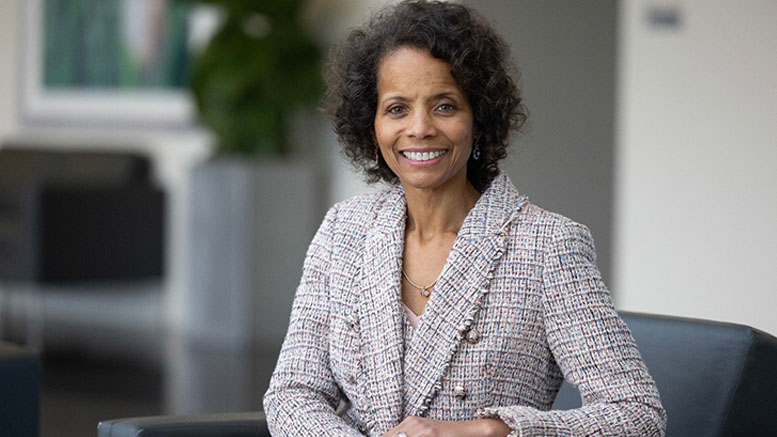By Rev. Leah Gunning Francis, Ph.D., Senior VP and Chief Mission and Values Officer, IU Health—
MUNCIE, IN—At the heart of community well-being lies a simple truth: health is more than what happens in a doctor’s office. It is shaped by our relationships, our environment, and the support systems that surround us. When we approach health holistically, caring for body, mind, and spirit, we not only nurture individuals but strengthen the fabric of our communities.
That principle was the focus of this year’s Interfaith Health & Wellness Summit, hosted by Anthem Blue Cross and Blue Shield at Lucas Oil Stadium. This year’s theme, Shared Strength, reflected a growing movement among faith leaders, healthcare professionals, and community advocates to work together to improve health and well-being for Hoosiers across the state.
The energy in the room was unmistakable. Leaders from across Indiana came together around a shared belief that collaboration and compassion are vital to building stronger, healthier communities.
As I shared with attendees, drawing the circle wide means creating space for everyone to be part of this work, because everyone deserves care, compassion, and connection. Whether we’re in hospitals, congregations, schools, or neighborhood centers, our shared goal is the same: to help people live their healthiest, fullest lives.
Reimagining Whole-Person Health
Whole-person health recognizes that wellness isn’t just the absence of illness. It’s about the presence of purpose, belonging, and hope. At its core, this approach honors the complexity of human experience. The conversations at the Summit underscored the importance of integrating mental, physical, and spiritual well-being, particularly for those navigating trauma, grief, or isolation.
By listening deeply and responding compassionately, caregivers and community leaders can help address the root causes that impact health, factors such as stress, housing insecurity, food access, and social connection. We know that improving health outcomes requires more than medical interventions; it requires empathy, understanding, and partnerships that reach into the very heart of our communities.
That’s why gatherings like the Interfaith Health & Wellness Summit matter. Through collaboration among organizations like Anthem, faith leaders, and local nonprofits, we can better understand the diverse needs of those we serve. These relationships create opportunities for shared learning and deeper understanding of how to support the whole person, body, mind, and spirit.
Faith and Health: Partners in Healing
Faith communities play a critical role in advancing health and wellness. They are often trusted first responders in moments of crisis and serve as sources of comfort, guidance, and hope for those facing hardship. At the Summit, faith leaders and health professionals shared strategies to support those struggling with mental health, chronic illness, and social isolation: areas where trust and understanding are essential to effective care.
One of the most meaningful moments came during a live demonstration where participants tied together strips of cloth to symbolize their shared commitment to health and healing. As the circle expanded, so did the visual reminder that our strength multiplies when we come together. It was a beautiful, tangible representation of collaboration, different voices, different callings, all united in a common mission to care for others.
Shared Strength for a Healthier Future
The conversations at this year’s Summit reflect what so many community and faith-based organizations, alongside partners like Anthem, work toward every day, helping people live their best lives through connected, compassionate care. By drawing the circle wide, we build bridges between sectors, strengthen communities, and move closer to a future where every person has the opportunity to thrive.
Shared strength is not simply a theme; it is a call to action. It challenges us to reach beyond familiar boundaries, to see health as a collective endeavor that extends into every neighborhood and every household. When we combine the expertise of healthcare professionals with the care and commitment of faith and community leaders, we unlock new possibilities for healing and hope.
As we continue to “draw the circle wide,” may we remain steadfast in our mission to create inclusive, supportive, and thriving communities because together, we are stronger, and together, we can ensure that no one stands outside the circle of care.



